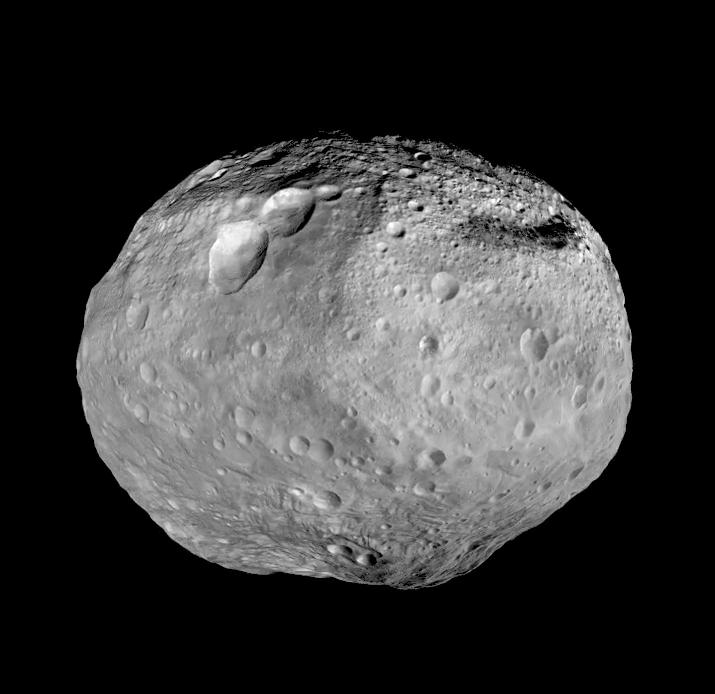
What are asteroids?
Asteroids are rocky objects that orbit the Sun just like planets do. In fact, sometimes asteroids are called "minor planets." These space rocks were left behind after our solar system formed about 4.6 billion years ago.
Asteroids are found in a wide range of sizes. For example, one small asteroid, 2015 TC25, has a diameter of about 6 feet - about the size of a small car - while the asteroid Vesta is nearly 330 miles in diameter, almost as wide as the U.S. state of Arizona. Some asteroids even have enough gravity to have one or two small moons of their own.
There are more than a million known asteroids. Many asteroids are given names. An organization called the International Astronomical Union is responsible for assigning names to objects like asteroids and comets.
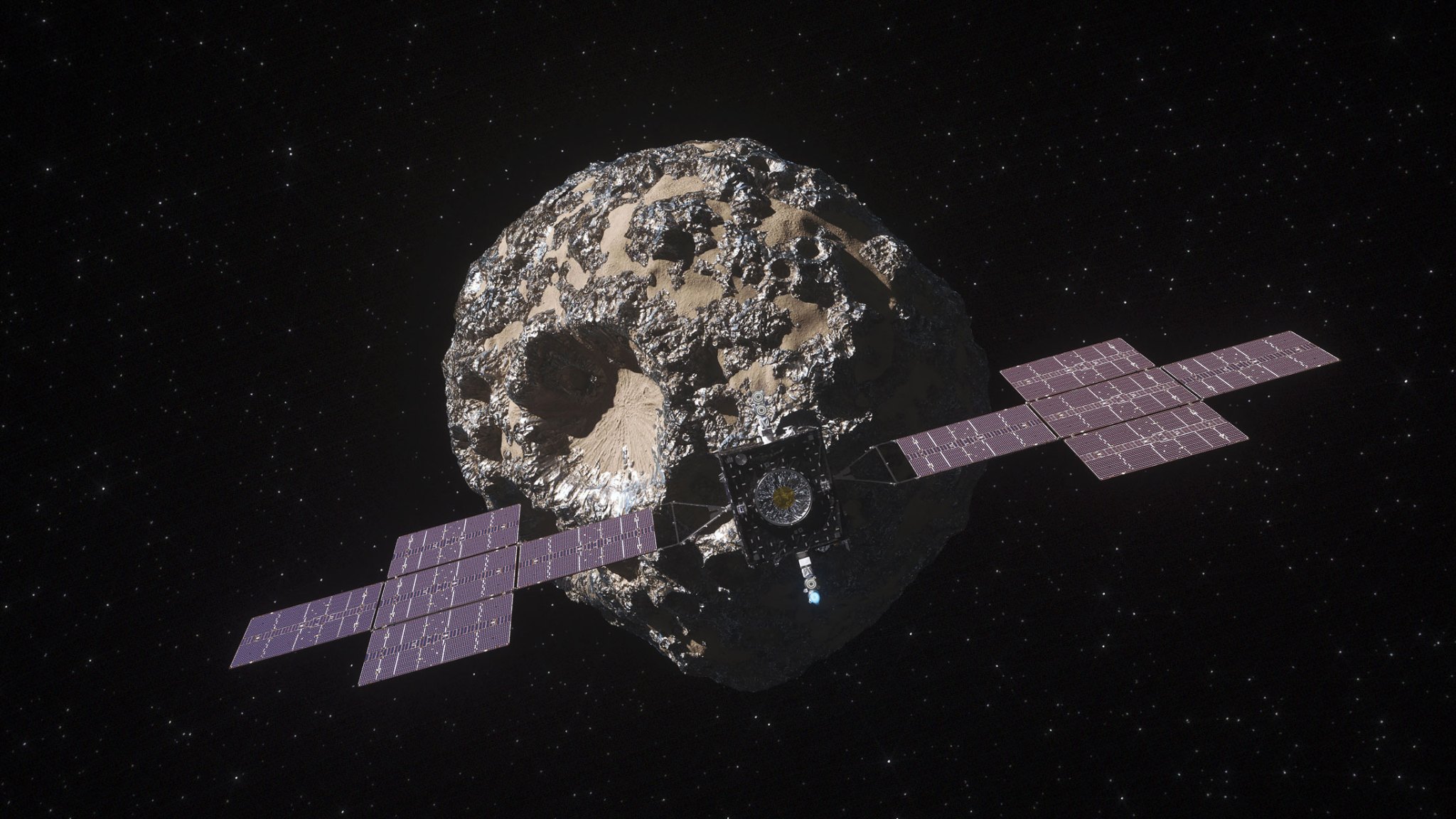
What's the difference between asteroids, meteors, and comets?
Although all of these celestial bodies orbit the Sun, they are not the same. Unlike asteroids, which are rocky, comets are a mix of dust and ice. Meteors are small space rocks that get pulled close enough to enter Earth's atmosphere, where they either burn up as a shooting star or land on the ground as a meteorite.
What are asteroids made of?
Different types of asteroids are composed of different mixes of materials. Most of them are made of chondrites, which are combinations of materials such as rocks and clay. These are called "C-type" asteroids. Some, called "S-type," are made of stony materials, while "M-type" asteroids are composed of metallic elements.
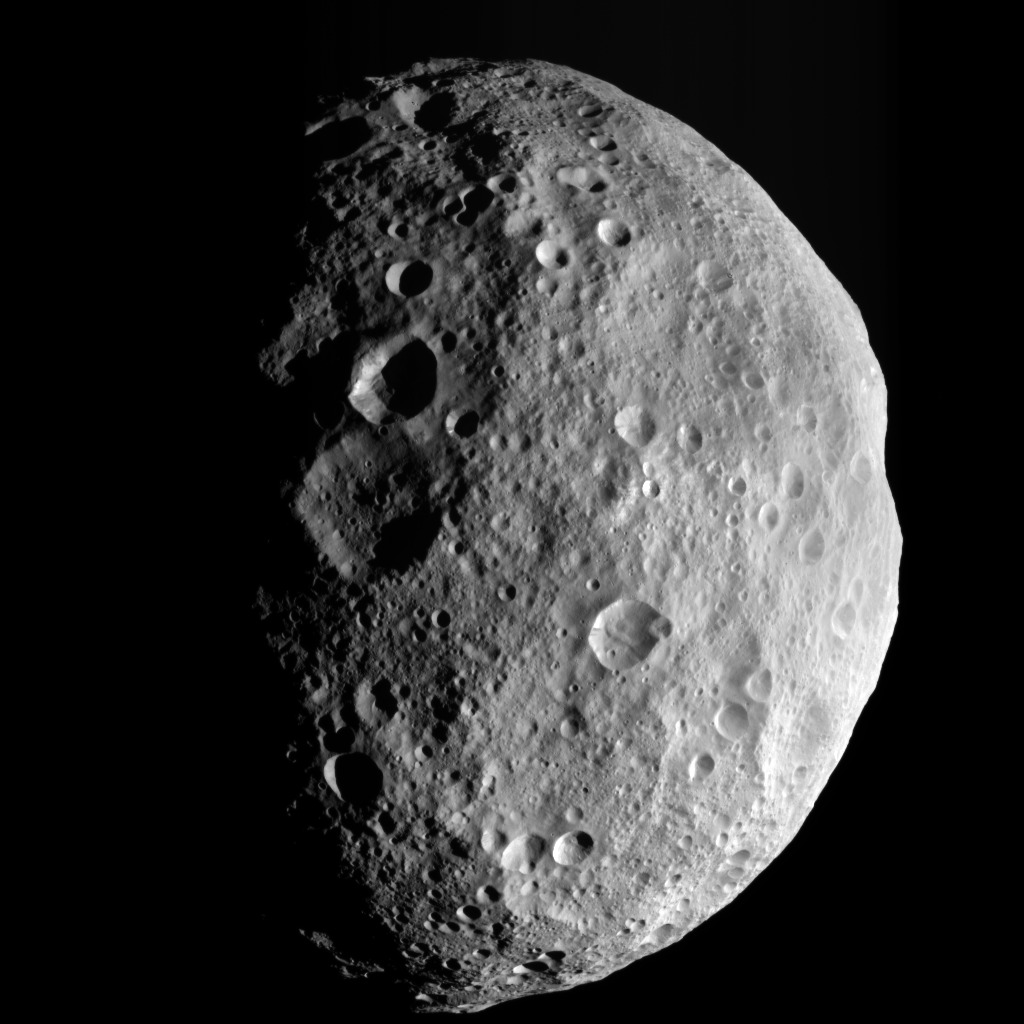
How did the asteroids form?
Asteroids formed around the same time and in the same way as the planets in our solar system. A massive, dense cloud of gas and dust collapsed into a spinning disk, and the gravity in the disk's center pulled more and more material toward it. Over time, these pieces repeatedly collided with each other, sometimes resulting in smaller fragments and other times clumping together, resulting in much bigger objects.
Objects with a lot of mass - like planets - produced enough gravity to pull themselves into spheres, but many smaller objects didn't. These ended up becoming comets, small moons, and, yes, asteroids. Although some asteroids have a spherical shape, most have irregular shapes - sometimes oblong, bumpy, or jagged.
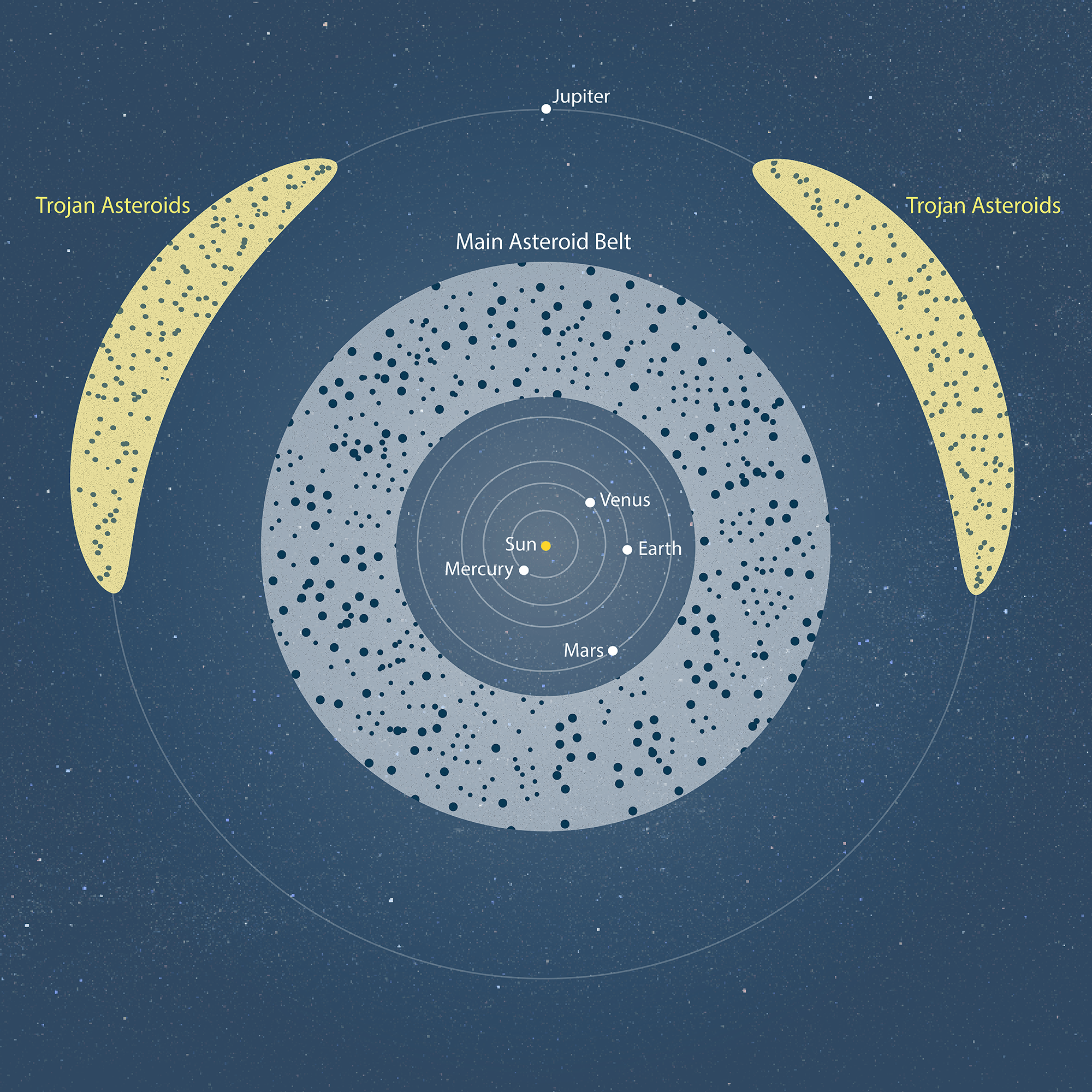
Where are asteroids found?
Most of the asteroids we know about are located in an area called the main asteroid belt, which is found in the space between Mars and Jupiter. But asteroids are found in other parts of the solar system, too.
Trojan asteroids orbit the Sun on the same orbital path as a planet. They're found at two specific points on the planetary orbit called Lagrange points. At these points, the gravitational pull of the planet and the Sun are in balance, making these points gravity-neutral and stable. Many planets have been found to have Trojan asteroids, including Earth.
An asteroid's location can also be influenced by the gravity of planets it passes and end up pushed or pulled onto a path that brings it close to Earth. When asteroids or comets are on an orbital path that comes within 30 million miles of Earth's orbit, we call them near-Earth objects.
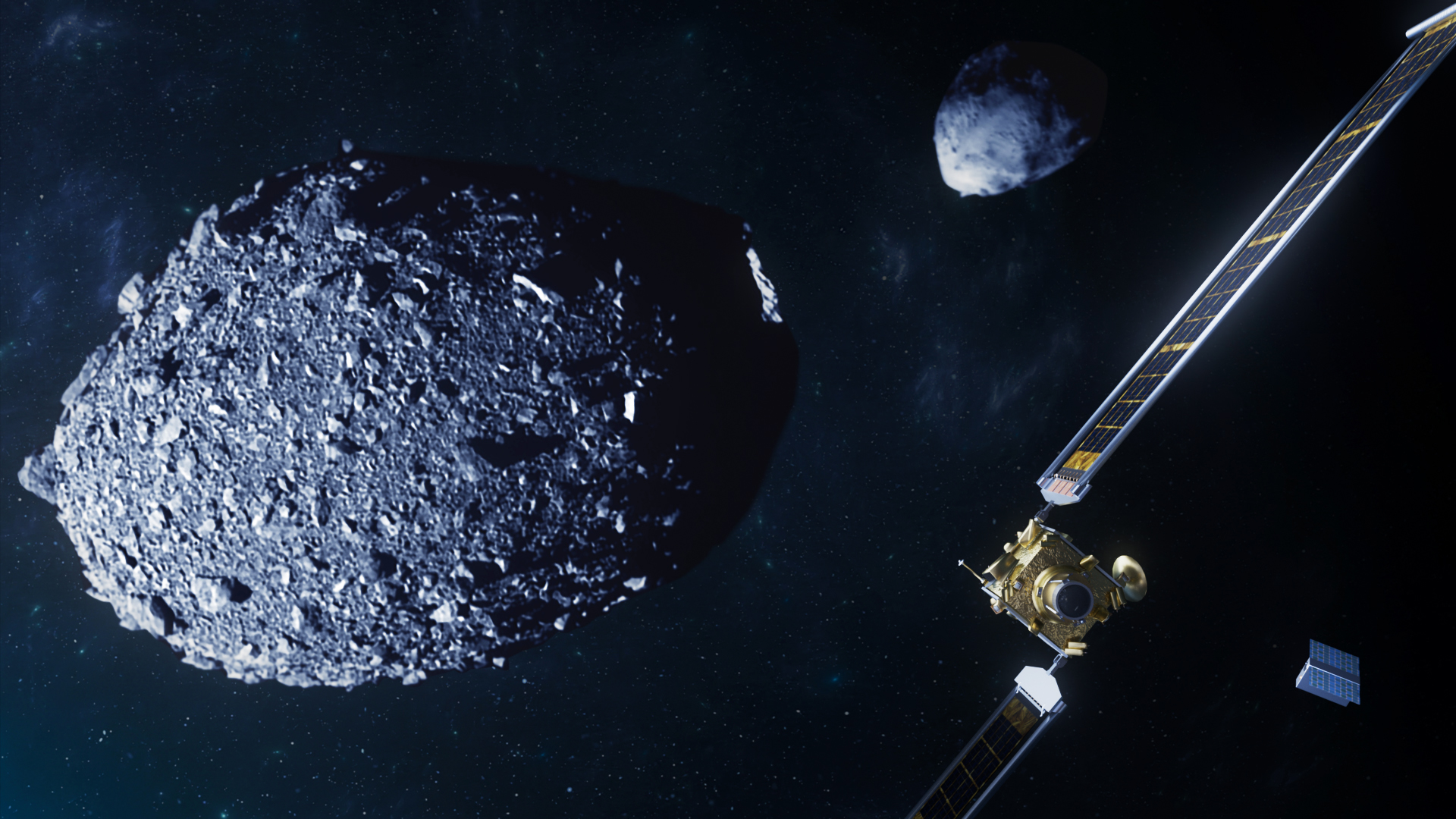
Could an asteroid come close enough to hit Earth?
Yes! Throughout history, asteroids or pieces of asteroids have collided with Earth, our Moon, and the other planets, too. The effects of some of these impacts are still visible. For example, Chicxulub Crater was created 65 million years ago when a massive asteroid struck Mexico's Yucatan Peninsula. The resulting cloud of dust and gas released into Earth's atmosphere blocked sunlight, leading to a mass extinction that included the dinosaurs. More recently, in 2013, people in Chelyabinsk, Russia, witnessed an asteroid almost as wide as a tennis court explode in the atmosphere above them. That event produced a powerful shockwave that caused injuries and damaged structures.
This is why NASA's Planetary Defense Coordination Office keeps a watchful eye on near-Earth objects. The Planetary Defense team relies on telescopes and observatories on Earth and in space to detect and monitor objects like these that could stray too close to our planet.
The agency is working on planetary defense strategies to use if an asteroid is discovered to be heading our way. For example, NASA's DART (Double Asteroid Redirection Test) mission in 2022 was a first-of-its-kind test: an uncrewed spacecraft with an autonomous targeting system intentionally flew into the asteroid Dimorphos, successfully changing its orbit.







